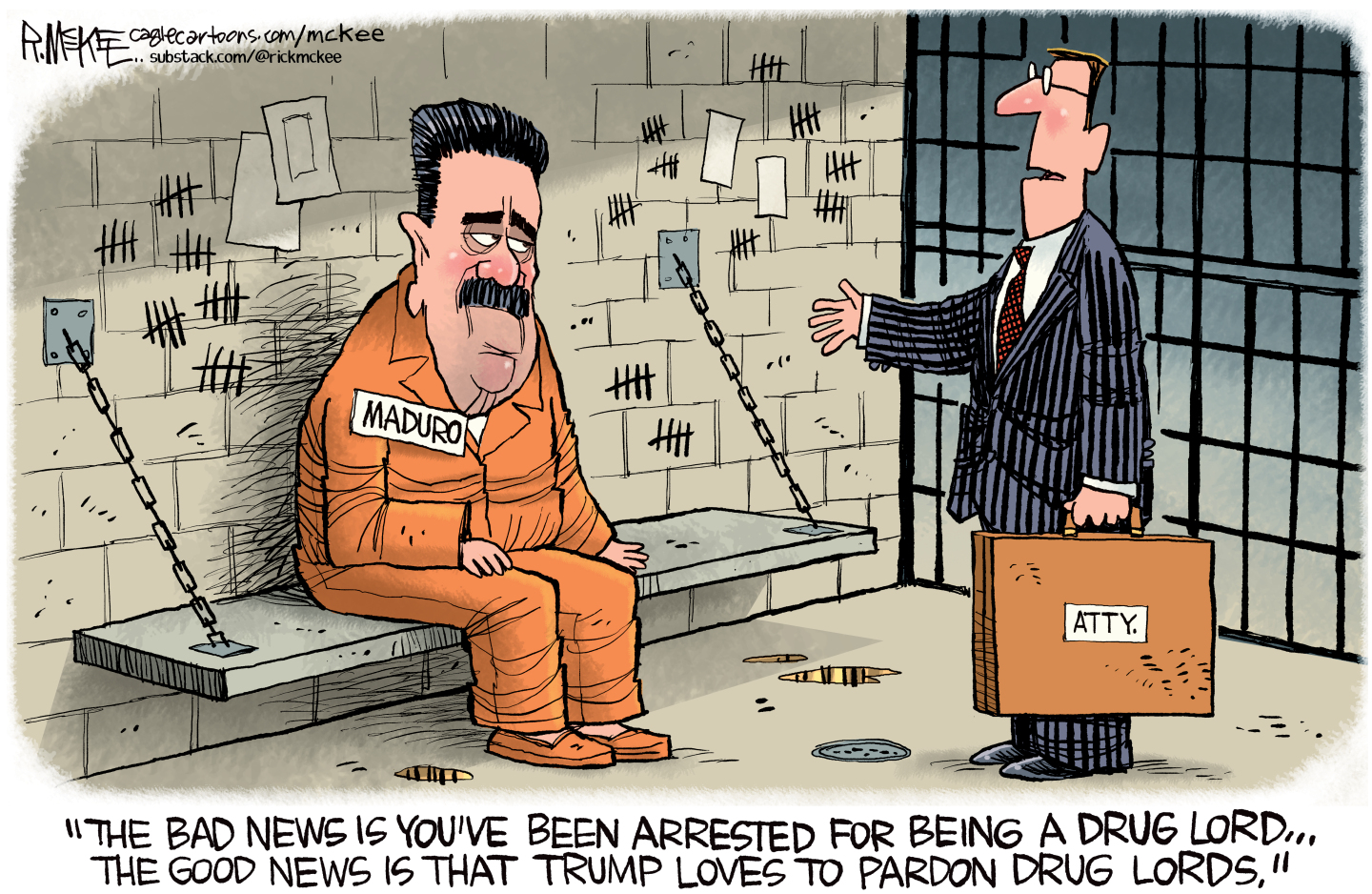Family Values: Inside the legacy of Cointreau
Alfred Cointreau on why passion, creativity and equality lie at the heart of the company's heritage
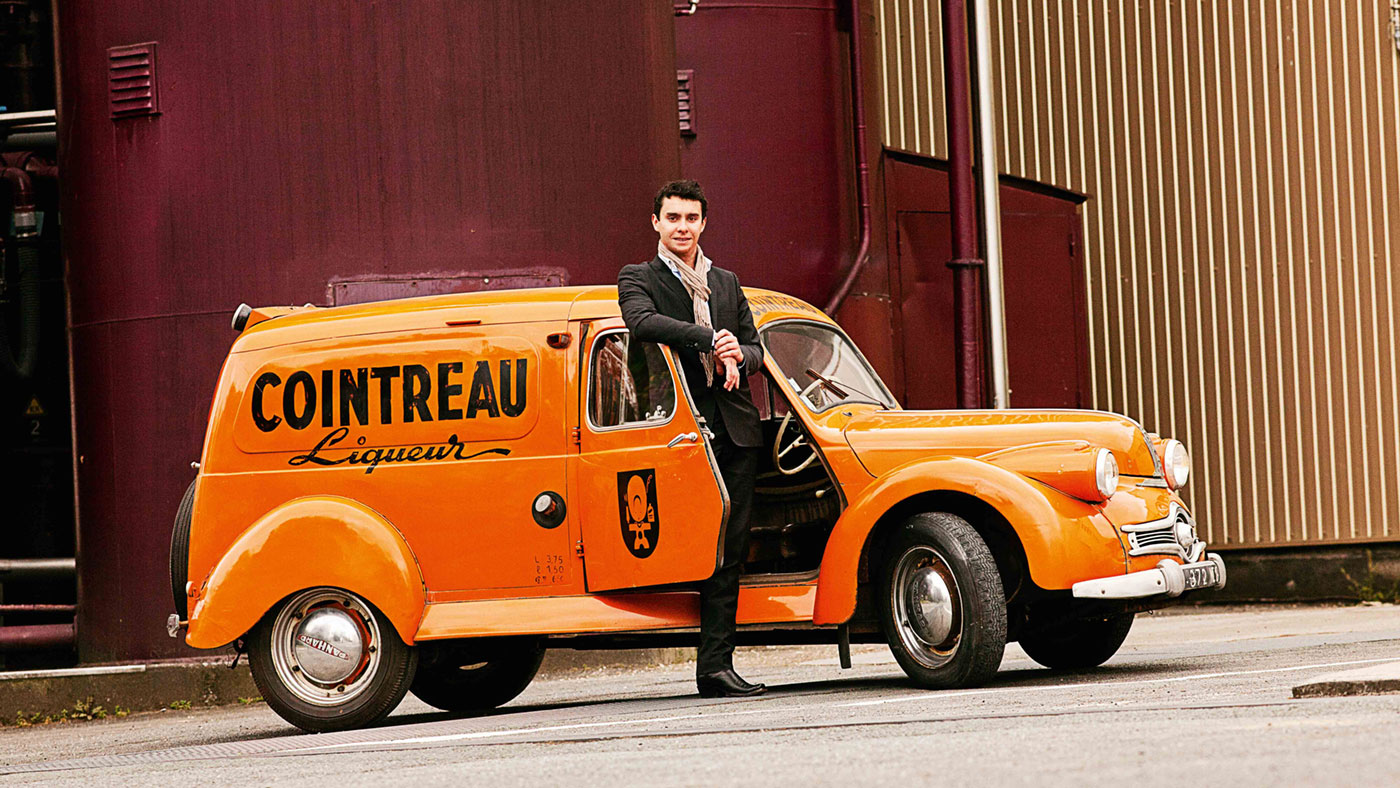
In the beginning, the Cointreau family business was a bakery. After that we became producers of confectionary and it was only then that my family first began distilling fruits. It became the dream of brothers, Edouard-Jean and Adolphe Cointreau, to become distillers of liquors. So, in 1849, they closed the bakery and opened a distillery.
Their first approach was to work with fruit from the region of Anjou in France, and show respect for authentic recipes. The first success of the family was Guignolet, a cherry liqueur, from a recipe originally created by nuns in the 16th century, using a specific, small, variety of the fruit.
The distillery was later taken on by my great-great-grandfather, Edouard Cointreau. He was a really creative guy – he painted, he wrote poetry, he enjoyed the theatre and he played many musical instruments. He loved to experiment with classic spirit recipes, and decided he wanted to create one himself, which was rare and exotic. In 19th-century Europe, the orange was highly prized, because it was very difficult to find in this part of the world. The orange tree was referred to as 'The Golden Fruit Tree' and I remember my grandmother would give us an orange every Christmas, because it was a very precious thing.
The Week
Escape your echo chamber. Get the facts behind the news, plus analysis from multiple perspectives.

Sign up for The Week's Free Newsletters
From our morning news briefing to a weekly Good News Newsletter, get the best of The Week delivered directly to your inbox.
From our morning news briefing to a weekly Good News Newsletter, get the best of The Week delivered directly to your inbox.
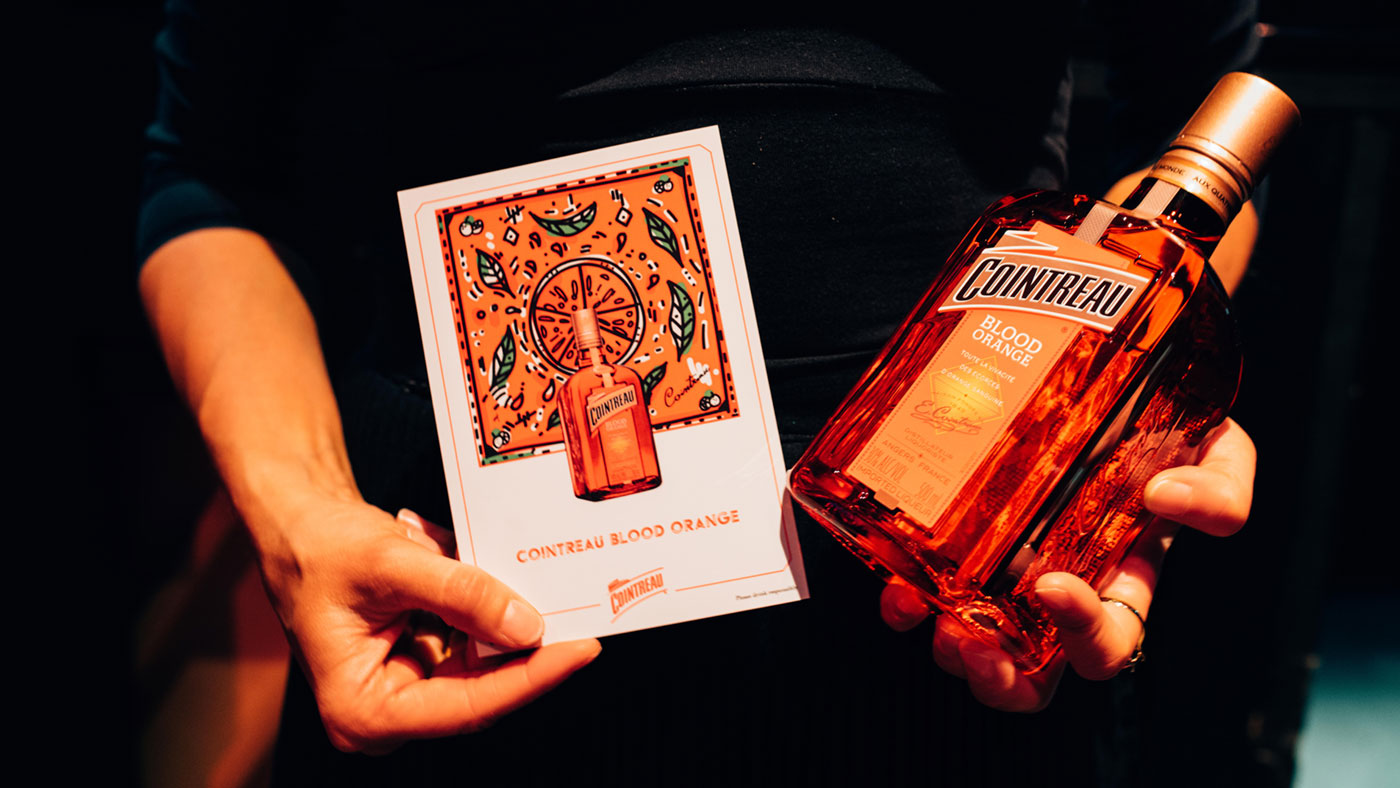
Edouard took a boat and travelled around the world in search of the best oranges. A year later he returned with a collection of peels and after ten years of research he perfected the recipe with an ideal balance between the sweet and bitter peels. At the same time he created a specific pot still – we still use it today and we adhere to the same distillation process. We only have one distillery, at the Cointreau birthplace in Angers, France, which is open to visitors.
In the 19th century, women used to have a very small place in society. They didn't work or have the right to vote – they stayed home to take care of the house and the children. But Edouard's wife, Louisa, was a modern woman and was very involved in the distillery. She created a connection with each employee – for example, at this time a lot of employees didn't have running water at home so she authorised them to bring their family to the distillery twice a week to take a shower. She went on to become president of L'Union des femmes de France [French women's association] and was awarded the Legion d'honneur in recognition of her charitable work.
Louisa was the inspiration for Cointreau, as Edouard wanted his rare and exotic spirit to appeal to the feminine palette. At this time, only men used to go to the bar to drink strong alcohols such as whisky and cognac. Edouard created Cointreau at comparable proof (40 per cent), but with a smooth quality, fruitiness and floral notes, as his intention was for it to be appreciated by women as much as men. It was a completely new concept.
I'm the sixth generation involved in the business. My grandmother is still working – she is the cocktail teacher. But there is no pressure on us to join the family business. We are encouraged to go and experience other jobs and then decide if we want to be involved. From my generation, I'm the only one to make this choice.
A free daily email with the biggest news stories of the day – and the best features from TheWeek.com
When my father was younger he went to the distillery, but he didn't go into the cocktail room, he went into the garage (we used to have our own delivery trucks and our own garage to fix them). From a young age he was fascinated with engines, and today he has his own garage renovating old French cars. Every morning I saw my father go to his garage with a smile, because he was passionate about his work.
I tried a lot of different jobs but none of them gave me that same passion I saw in my father. One day I was at a lunch with my grandparents and I realised my grandfather was 87 years old, and if one of us didn't join the business then, after him the family would no longer have a direct connection to the brand. I thought it would be such a shame to forget that legacy and lose that knowledge, so I decided to go back to my roots. It has to be a personal choice to enter the business, because otherwise you won't do a good job. You can influence a bit, but you cannot put pressure on someone.
Edouard and Louisa were both very creative, so the legacy of Cointreau has always had a connection to the arts, from launching the world's first motion-picture advert with the Lumiere Brothers in 1899, to creating iconic bottles with fashion designer Alexis Mabille, Cointreau constantly strives to push the boundaries with audacity and creativity. Edouard created the concept of communicating a story in a sequence of different parts, to tease the audience. It's easy to buy an advertisement on a billboard or in a magazine, but what we want is a human connection.
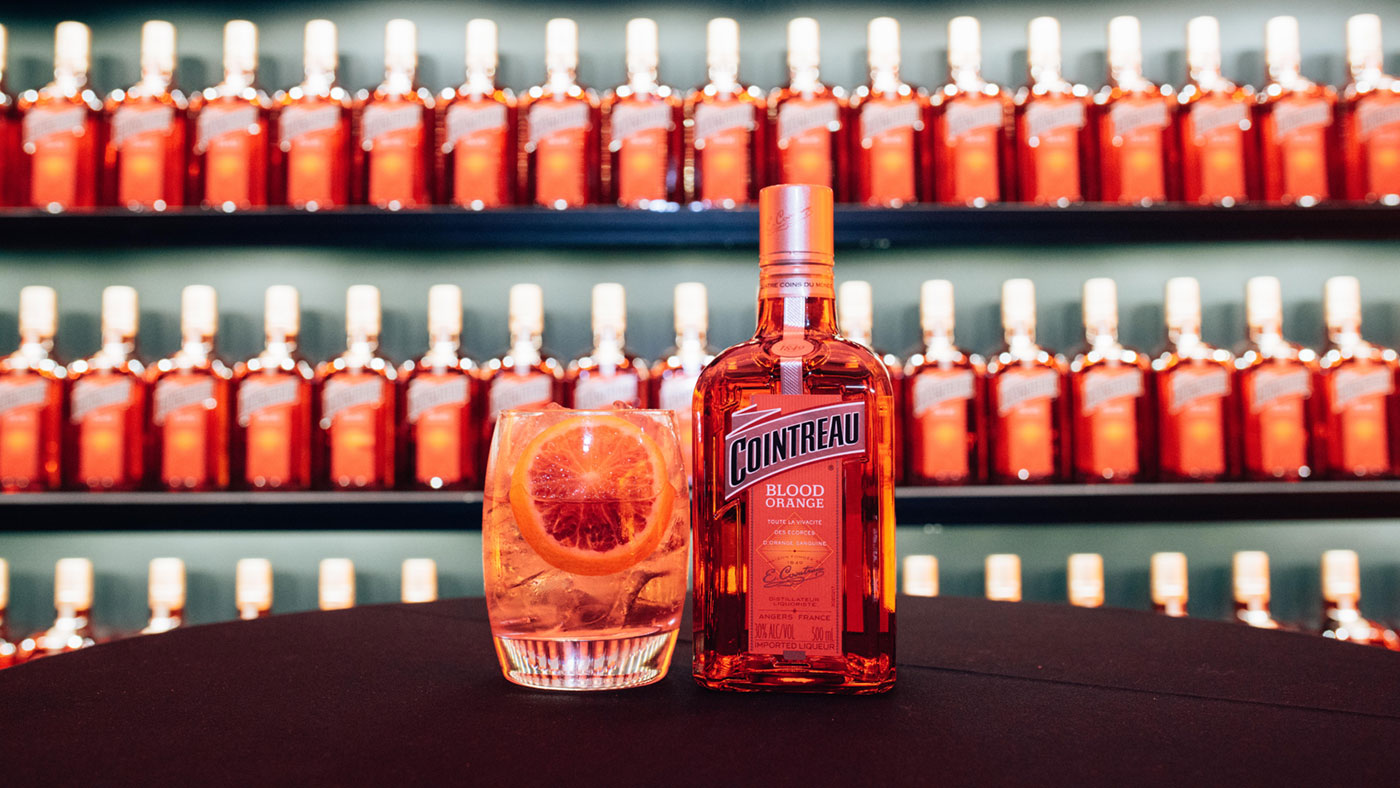
With this in mind we established the Cointreau Creative Crew. Led by Artistic Director Laetitia Casta, it's a project with the motto #DreamDareCreate, developed to nurture creativity, especially among women. In 2016, we launched a £20,000 grant scheme as part of a worldwide philanthropy programme to champion creatives and encourage them to make their dreams a reality. We have also collaborated with the Belgian-Tunisian artist and founder of 'One Heart One Tree' Naziha Mestaoui to launch #1orange1tree – a social media project that assists reforestation in Senegal. We have committed to plant an orange tree on behalf of every person who posts a picture of themselves with an orange using the hashtag.
We like to go outside our natural universe and try to work with different creative people, to keep presenting the Cointreau brand from new angles with a modern vision that upholds the values of our heritage.
ALFRED COINTREAU is the sixth generation to progress and preserve the family's company legacy. In addition to assisting in establishing the Cointreau Creative Crew initiative, he also launched Cointreau Blood Orange in the UK – a new expression for 2017 created using specially selected oranges from the island of Corsica; cointreau.com
-
 Journey through gin at Holborn Dining Room
Journey through gin at Holborn Dining RoomIn Depth Kristian Smith recalls the infamous history of the classic drink as he prepares to host a weekly masterclass at London's largest gin bar
-
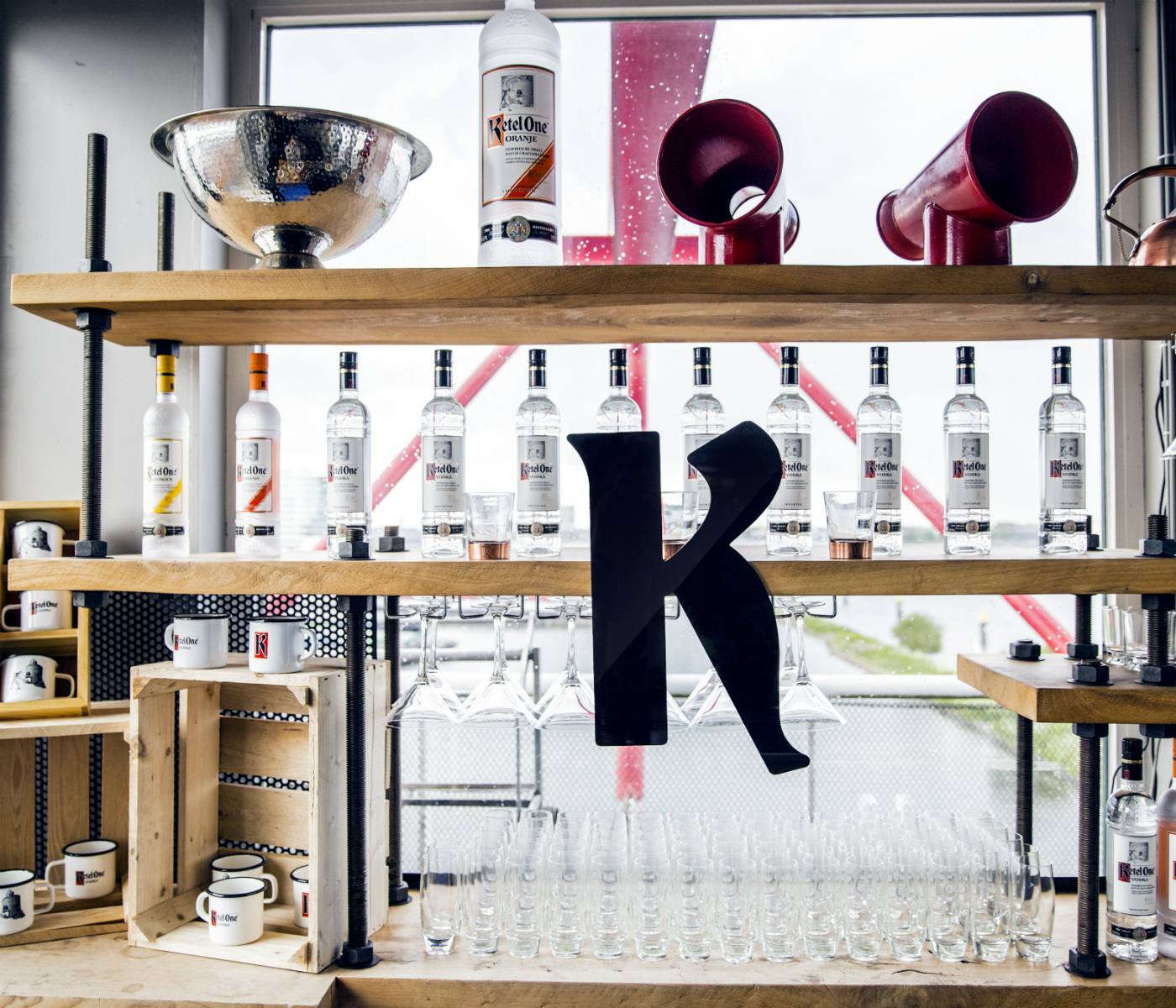 Ketel One Vodka: A family affair
Ketel One Vodka: A family affairIn Depth Three hundred years, eleven generations and an innovative mix of old and new give birth to a drink that challenges preconceptions
-
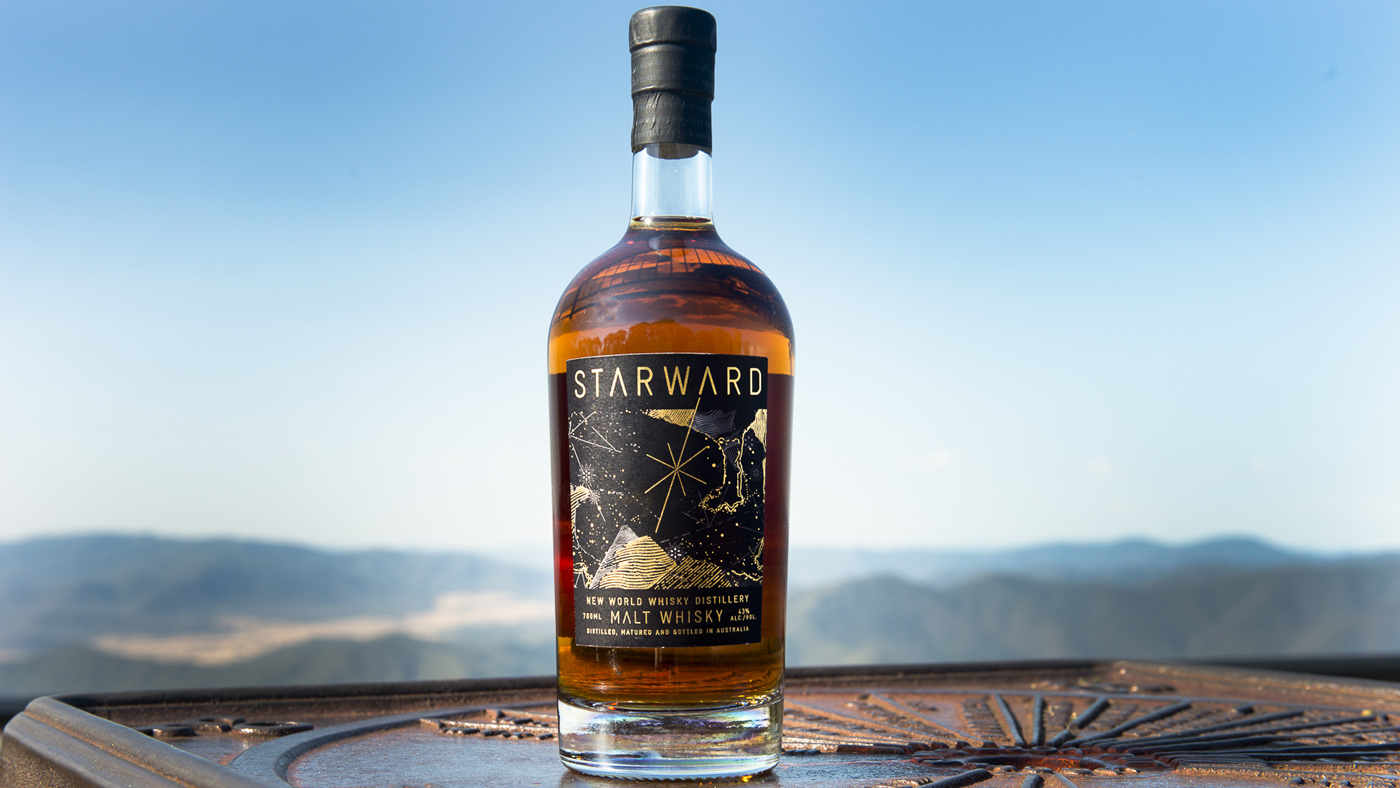 Nine of the best gins and whiskies for Father's Day
Nine of the best gins and whiskies for Father's DaySpeed Read Bottles for the dad who claims to have tried everything
-
 Martell: Busting cognac myths
Martell: Busting cognac mythsIn Depth At the London Mondrian hotel pop up, the French liqueur's brand ambassador Matthias Lataille shares its rich history
-
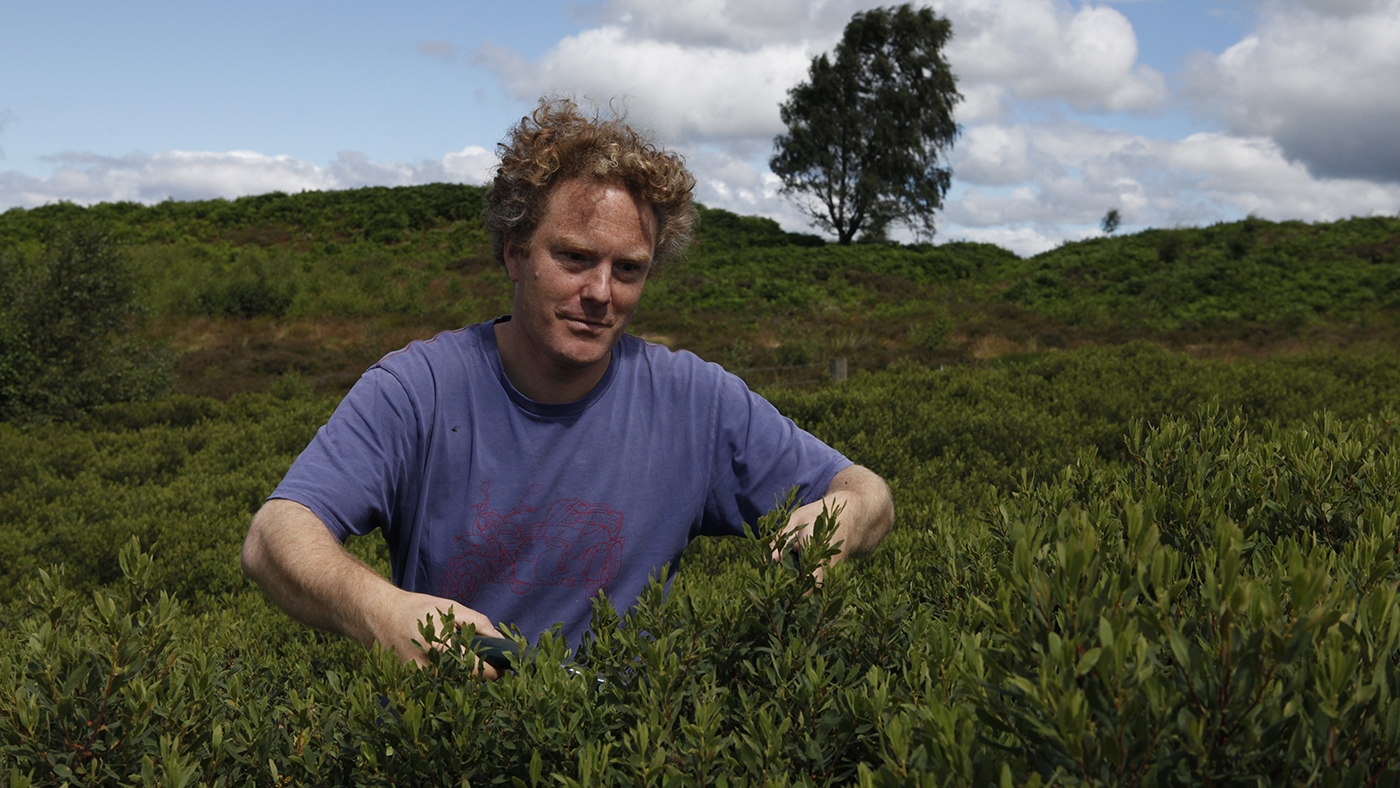 Hepple: The new techniques in British gin making
Hepple: The new techniques in British gin makingIn Depth Walter Riddell of Moorland Spirit Company talks about using local juniper and extracting their intense flavour with perfume-making methods
-
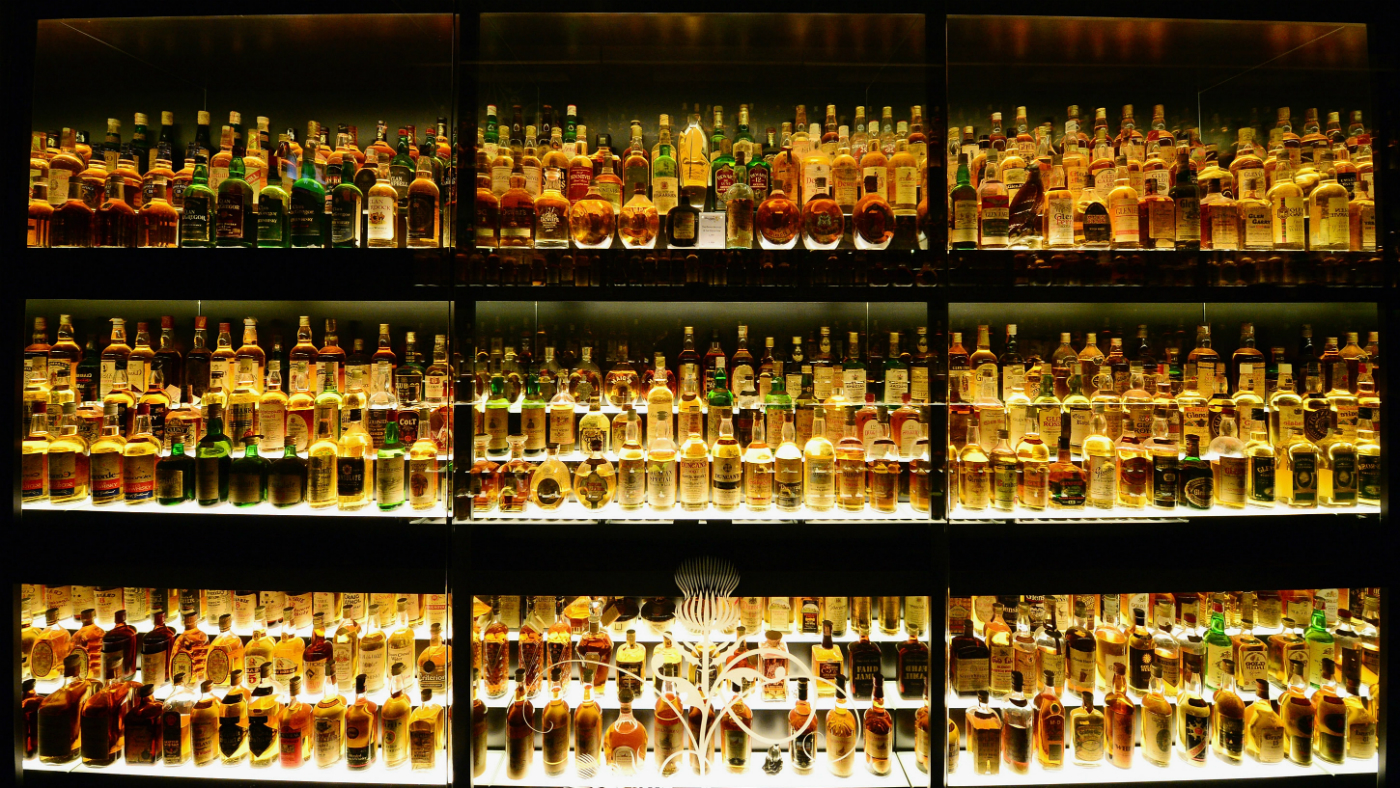 Mix it up: Why you will be drinking mezcal and Irish whiskey before the year is out
Mix it up: Why you will be drinking mezcal and Irish whiskey before the year is outIn Depth Harvey Nichols' spirits buyer on the biggest drinks trends of 2017
-
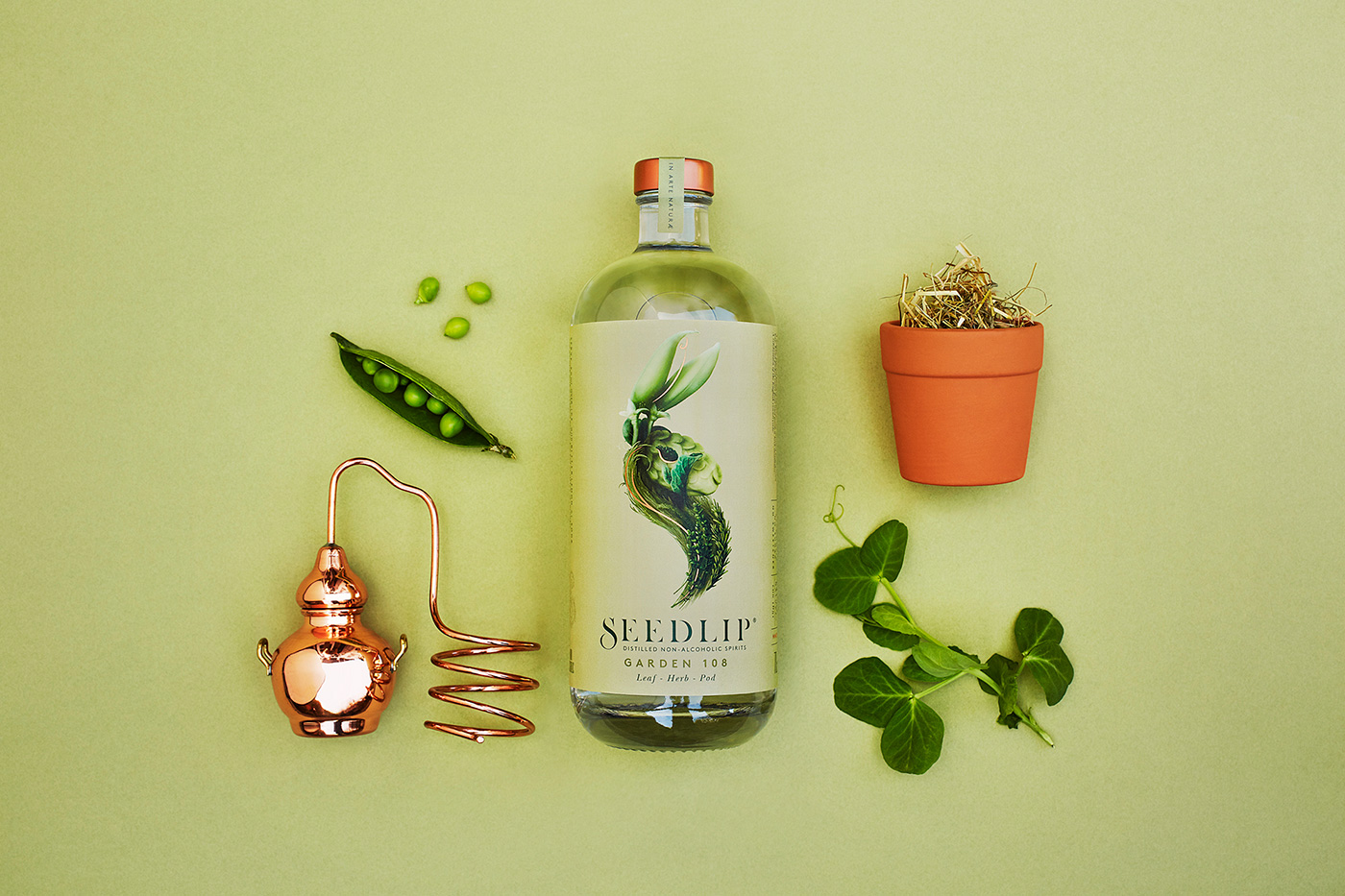 Seedlip: a spirited alternative to alcohol
Seedlip: a spirited alternative to alcoholIn Depth The purveyor of this year's growing no-alcohol drinks trend is a refreshing substitute for those looking to avoid the hard stuff
-
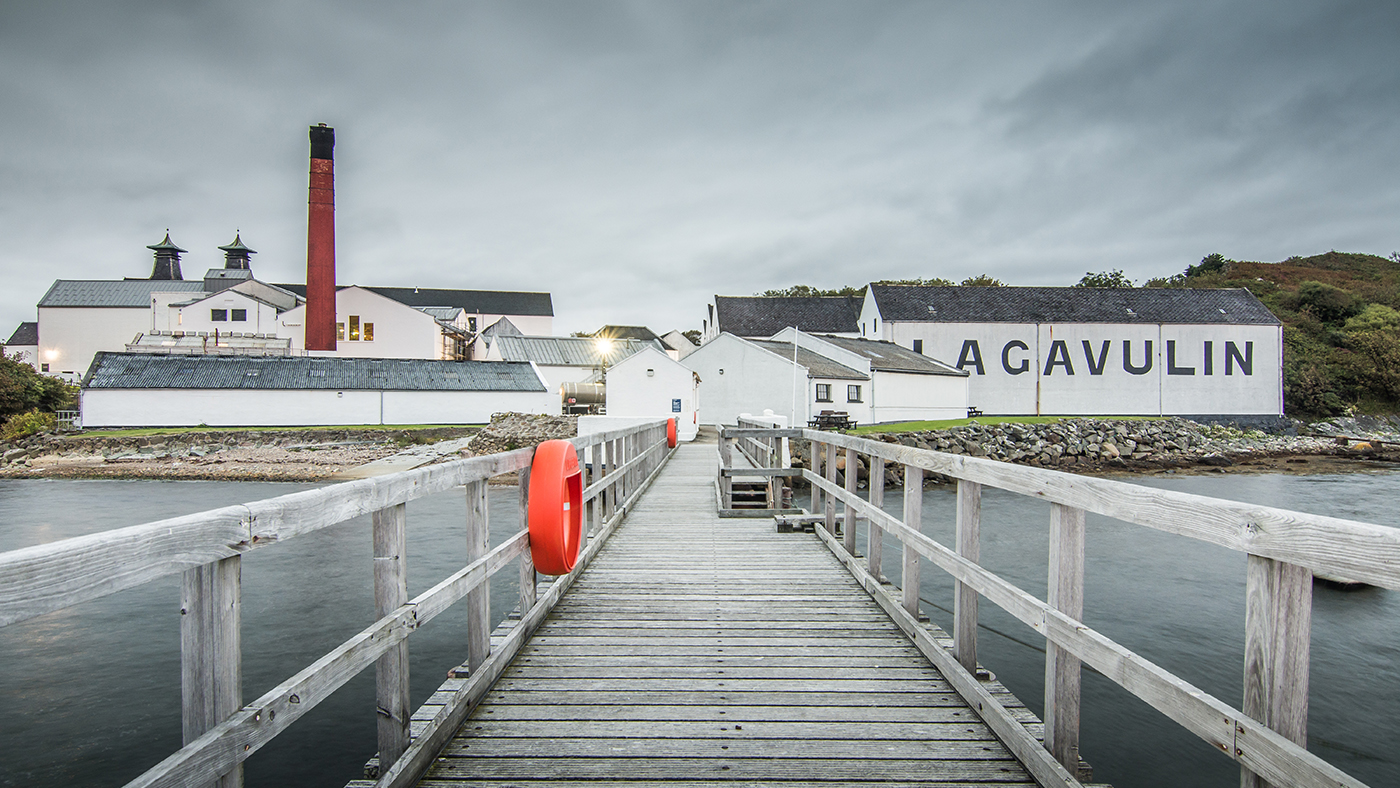 Lagavulin whisky: 200 years old, for peat's sake
Lagavulin whisky: 200 years old, for peat's sakeIn Depth As the brand marks its bicentenary, distillery manager Georgie Crawford describes how tradition and technology meld on the island of Islay
